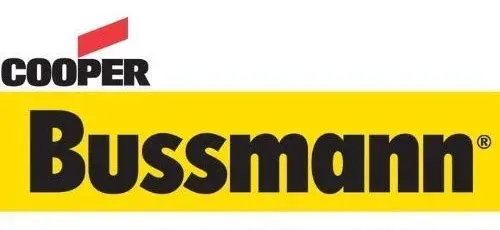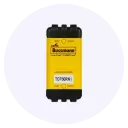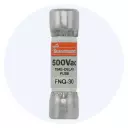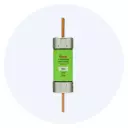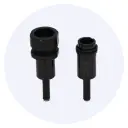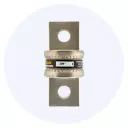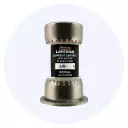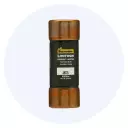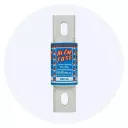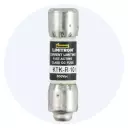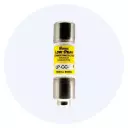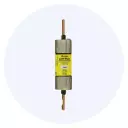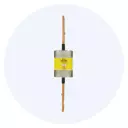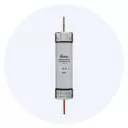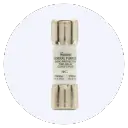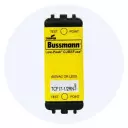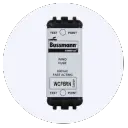Blog
Understanding Eaton-Bussmann Fuse Shunt Resistors
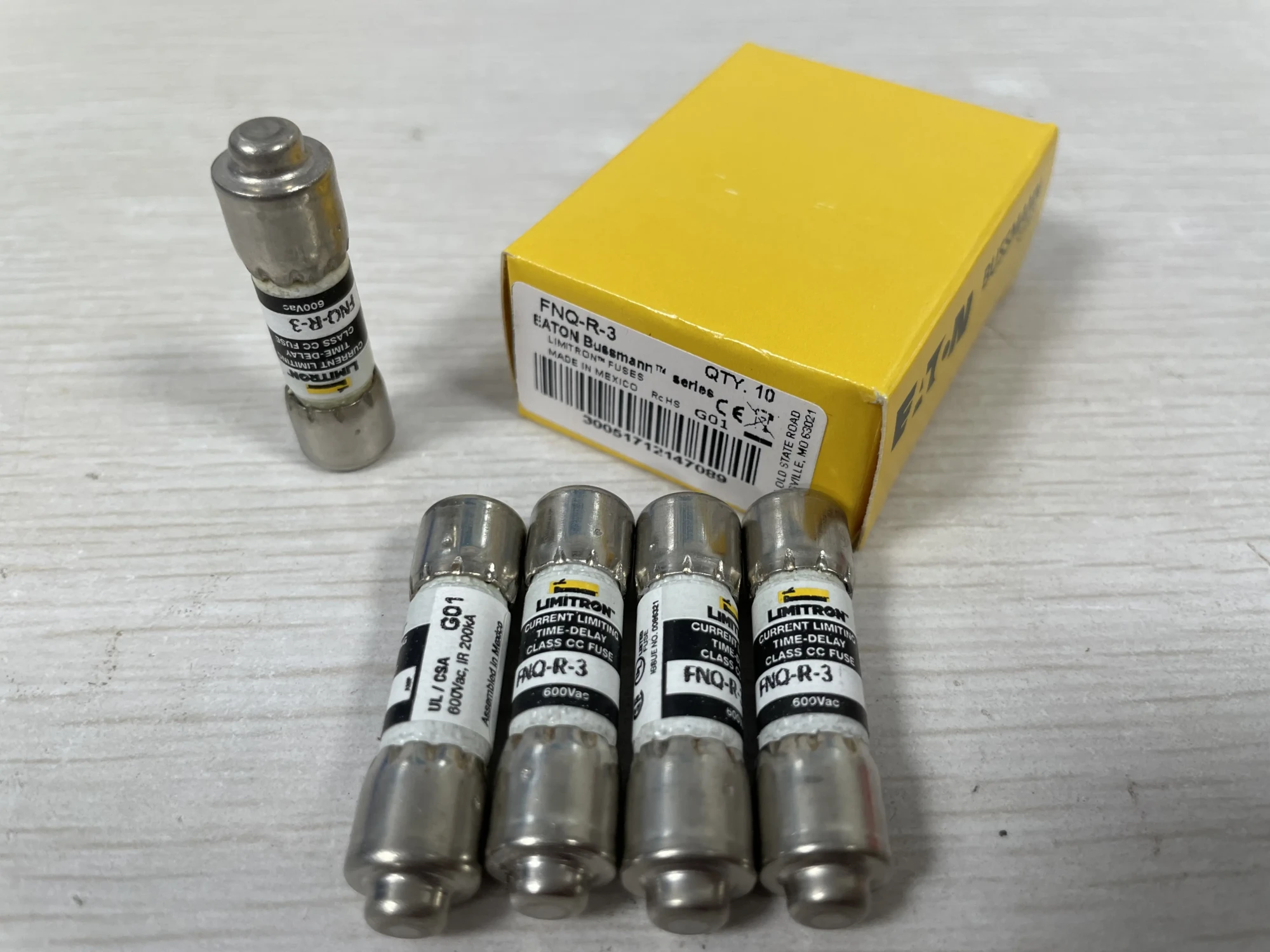
Introduction to Eaton-Bussmann Fuse Shunt Resistors
In the realm of electrical engineering and power management, understanding the intricacies of circuit protection is paramount. Among the plethora of components designed to safeguard electrical circuits from various forms of damage, Eaton-Bussmann fuse shunt resistors stand out as crucial elements. This article delves into the world of Eaton-Bussmann fuse shunt resistors, exploring their product parameters, specifications, uses, and the precautions one must take when dealing with these components.
Eaton Bussmann: A Leader in Power Management
Eaton Bussmann, an entity under the Eaton umbrella, is renowned for its dedication to enhancing the quality of life globally while ensuring sustainable practices. With a strong focus on managing power effectively, both now and in the future, Eaton Bussmann leverages the ongoing trend of electrification and digitalization. This allows the company to accelerate the transition to renewable energy sources and tackle some of the world’s most critical power management challenges.
Specialization in Circuit Protection Solutions
Eaton Bussmann specializes in circuit protection solutions, including overcurrent and overvoltage protection products. These solutions are designed to protect circuits from potential damage, ensuring the longevity and reliability of electrical systems. Their product lineup is comprehensive, catering to a wide range of applications across different industries.
Product Range
The company offers an extensive array of products, which can be broadly categorized into:
- Power: This category includes North American fast-blow fuses, IEC standard fuses, American standard cylindrical fuses, European standard square fast-blow fuses, UL/CSA certified low-voltage fuses, miniature low-voltage fuses, fuse holders, and microswitches.
- Electronics: Chip fuses, ESD suppressors, supercapacitors, power inductors, glass/ceramic tube fuses, and resettable fuses fall under this segment.
- Transportation: Products such as low-voltage distribution boxes, video control systems, remote monitoring systems, and automotive fuses are designed to meet the specific needs of the transportation sector.
Understanding Eaton-Bussmann Fuse Shunt Resistors
Fuse shunt resistors, specifically those from Eaton-Bussmann, are designed to provide accurate current measurement in fuse applications. These resistors are typically connected in parallel with a fuse and are used to monitor the current flowing through the fuse. When a fault occurs, and the fuse blows, the resistor provides a path for the current to flow, allowing for the detection of the fault condition.
Product Parameters and Specifications
Eaton-Bussmann fuse shunt resistors come with specific parameters and specifications that are crucial for their proper functioning. These include:
- Resistance Value: The precise resistance value of the shunt resistor, which affects the accuracy of current measurement.
- Power Rating: The maximum power the resistor can handle without failing, which is critical for high-current applications.
- Accuracy: The degree of accuracy in current measurement, which can vary depending on the application’s requirements.
- Operating Temperature Range: The range of temperatures within which the shunt resistor can operate efficiently without degrading.
Uses of Eaton-Bussmann Fuse Shunt Resistors
These components find their application in various electrical systems where current monitoring is essential, such as:
- Industrial Control Systems: For protecting and monitoring industrial equipment and machinery.
- Electrical Distribution Systems: To ensure the reliable distribution of electrical power.
- Automotive Systems: For the protection and monitoring of electrical circuits in vehicles.
Precautions and Considerations
When dealing with Eaton-Bussmann fuse shunt resistors, several precautions must be taken to ensure their safe and effective use:
- Proper Installation: Ensuring the resistor is correctly connected in parallel with the fuse.
- Selection of Correct Specifications: Choosing a shunt resistor with the appropriate resistance value, power rating, and accuracy for the specific application.
- Regular Maintenance: Periodically inspecting the condition of the shunt resistor and the associated fuse to prevent potential hazards.
Conclusion
Eaton-Bussmann fuse shunt resistors play a vital role in the realm of circuit protection, offering a reliable means of current measurement and fault detection. Understanding the product parameters, specifications, and uses of these components, as well as adhering to necessary precautions, is essential for engineers and technicians working with electrical systems. As the world continues to evolve with advancements in technology and sustainability, components like Eaton-Bussmann fuse shunt resistors will remain a cornerstone of power management and circuit protection solutions.
